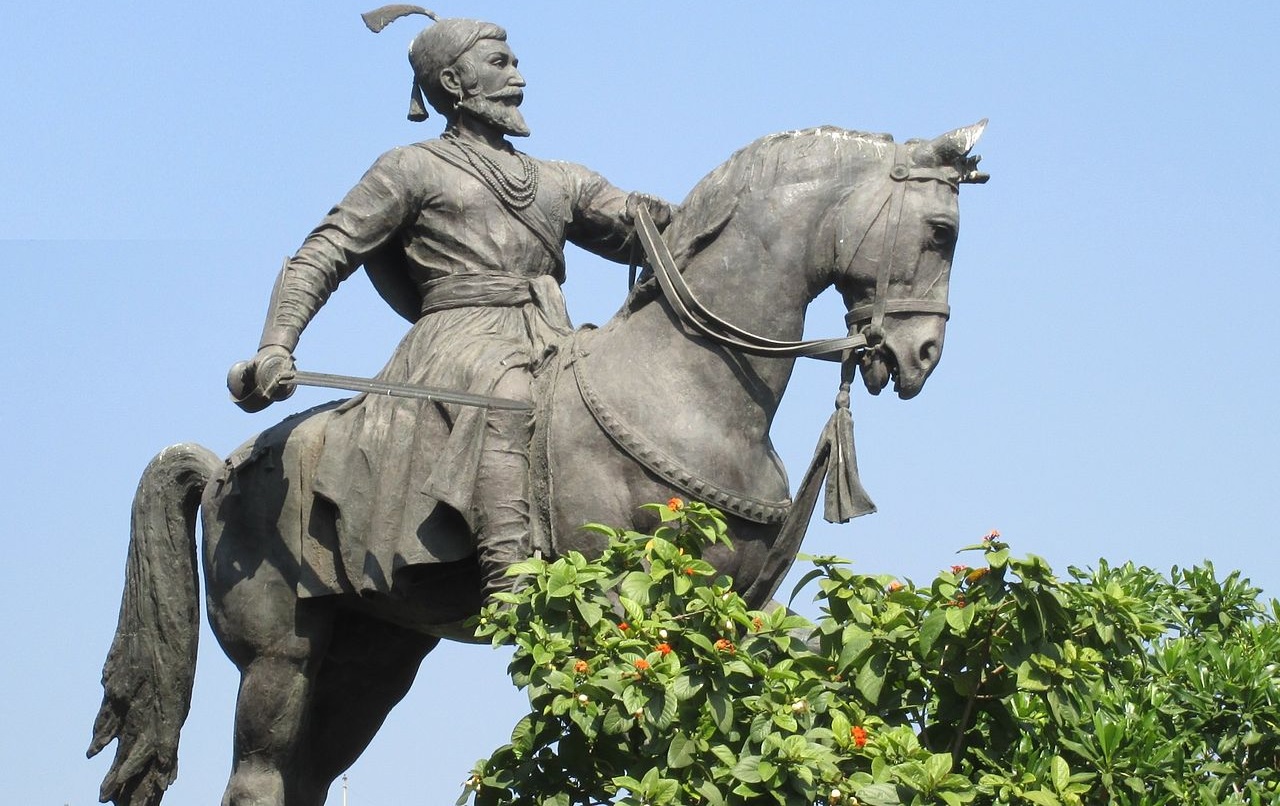One of the most lively and varied states in India is Maharashtra, which is situated in the western part of the nation. Maharashtra being a large state, provides visitors with an abundance of experiences because of its fascinating history, lively culture, breathtaking scenery, and energetic cities. Maharashtra is a rich trove of history, scenic beauty, and modernity, spanning from the vibrant metropolis of Mumbai to the historic caverns of Ajanta and Ellora. We will examine the various sights, intriguing history, lively culture, and delectable cuisine that make Maharashtra a top choice for tourists from all over the world in this thorough guide.
Geography and Climate
The Arabian Sea is Maharashtra’s western boundary; to the northwest lies Gujarat; to the north lies Madhya Pradesh; to the east lies Chhattisgarh; to the southeast lies Telangana; to the south lies Karnataka; and to the southwest lies Goa. The topography of the state is varied, including rocky mountains, lush forests, fertile plains, and coastal sections. The interior has a semi-arid climate with hot summers, mild monsoons, and chilly winters, whereas the coastline areas experience a tropical environment.

History and Heritage
Ancient cave paintings and archeological sites in Maharashtra provide evidence of human occupancy stretching back thousands of years, contributing to the state’s rich historical record. Numerous dynasties, including as the Mauryas, Satavahanas, Chalukyas, Rashtrakutas, Yadavas, and Marathas, have dominated the area and left their own unique cultural marks. During the Middle Ages, strong empires like the Vijayanagara Empire and the Deccan Sultanates rose to prominence. In the 17th century, Shivaji Maharaj founded the Maratha Empire. In Indian history, the Marathas were crucial in opposing Mughal dominance and establishing the groundwork for the present-day state of Maharashtra.

Cultural Heritage
Maharashtra is well known for its rich cultural legacy, which is evident in the state’s festivals, cuisine, dance, music, and art. Maharashtra has seen a boom in the popularity of classical music genres including Hindustani and Carnatic music; the state is home to renowned performers like Pandit Bhimsen Joshi and Lata Mangeshkar. Lavani, Tamasha, and Koli dance are examples of traditional dance styles that are an essential component of Maharashtra’s cultural identity; they showcase the local traditions and lively spirit of the region. Numerous holidays, like as Ganesh Chaturthi, Diwali, Holi, and Gudi Padwa, are observed throughout the state and are characterized by bright processions, eye-catching decorations, and exuberant celebrations.

Architectural Marvels
Some of India’s most remarkable architectural achievements, such as venerable forts, elaborately carved temples, and old cave temples, may be found in Maharashtra. The region’s great cultural legacy is demonstrated by the UNESCO World Heritage Sites of Ajanta and Ellora Caves, which have magnificent rock-cut sculptures, murals, and monasteries that date back to the second century BCE. Majestic forts like Raigad, Shivneri, and Pratapgad dot the state; they were strategically important strongholds at different points in history. Architectural marvels that demonstrate the confluence of Indian, Islamic, and European architectural traditions are the Gateway of India, Elephanta Caves, and Chhatrapati Shivaji Maharaj Terminus in Mumbai.

Natural Beauty
Maharashtra is home to a wide variety of breathtaking natural settings, such as immaculate beaches, verdant hill stations, gushing waterfalls, and thick woods. For those who enjoy the beach and water sports, the Konkan coast, which stretches along the Arabian Sea, is well-known for its charming beaches, coconut palms, and fishing communities. The Western Ghats, recognized as a UNESCO World Heritage Site, are home to lush hill stations with picturesque views, cool climates, and an abundance of flora, such as Mahabaleshwar, Lonavala, and Matheran.

Wildlife
Maharashtra’s diverse landscape supports a rich variety of wildlife, from lush forests to coastal habitats. Sanctuaries like Tadoba-Andhari Tiger Reserve are home to majestic tigers, while Melghat Tiger Reserve shelters leopards and sloth bears. Also Sanjay Gandhi National Park, and Bhimashankar Wildlife Sanctuary are just a few of the state’s many national parks and wildlife sanctuaries. The Western Ghats harbor endemic species like the Malabar giant squirrel and Indian giant squirrel. Coastal areas host diverse birdlife, including flamingos at Sewri and migratory birds at Bhigwan. Sanctuaries like Pench and Nagzira are havens for birdwatchers, with over 500 species recorded.

Culinary Delights
Maharashtra boasts a broad range of street food, traditional dishes, and regional specialties that reflect the diversity of the state’s cultural landscape. The use of coconut, aromatic spices, and locally obtained ingredients in dishes like vada pav, pav bhaji, misal pav, and puran poli gives Maharashtrian cuisine its distinct flavor. Coastal cuisine is heavily influenced by seafood, with dishes like surmai masala, pomfret curry, and bombil fry highlighting the flavors of the coast. During festivals and special occasions, sweets like modak, ukadiche modak, and shrikhand are popular desserts that reflect the state’s festive spirit and sweet hunger.

Urban Centers
Maharashtra’s capital, Mumbai, is known for its famous landmarks, busy markets, and exciting nightlife. It serves as India’s financial, commercial, and entertainment centre. Pune, dubbed the “Oxford of the East,” is a bustling center for education and information technology, surrounded by lush greenery, a thriving cultural scene, and a rich historical history. Other significant cities in Maharashtra include Nashik, Nagpur, Aurangabad, and Kolhapur; each has its own distinct historical significance, cultural heritage, and tourist attractions.

Conclusion
Maharashtra is a land of contrasts, where modernism coexists with ancient traditions where urban dynamism and natural beauty coexist harmoniously. For those who are interested in history, culture, adventure, and delicious food, Maharashtra has a lot to offer, from the busy streets of Mumbai to the serene highlands of Mahabaleshwar. Travelers from all walks of life should definitely explore Maharashtra because of its rich heritage, varied scenery, and friendly people.
